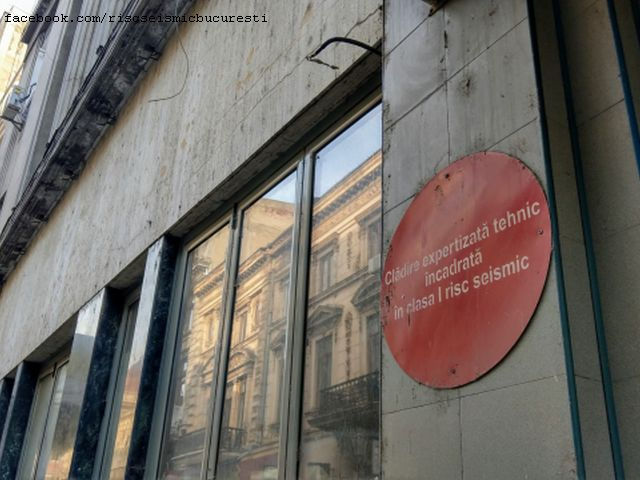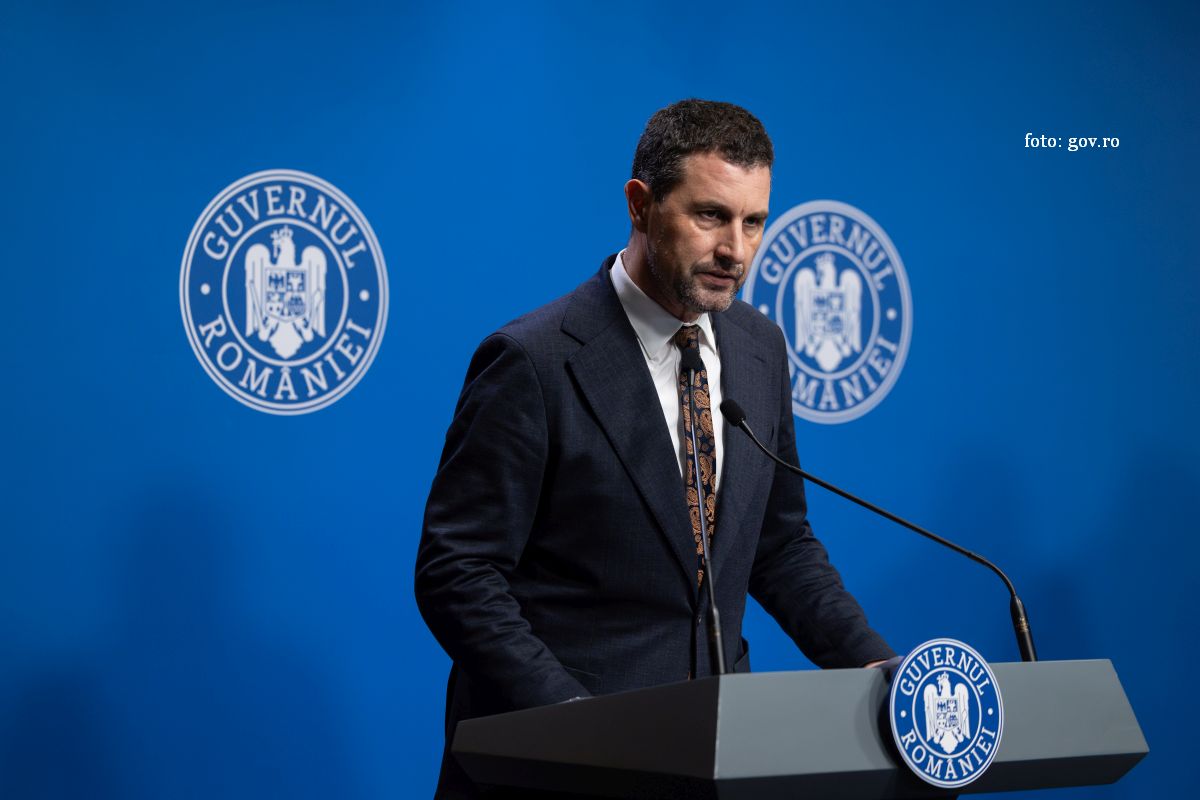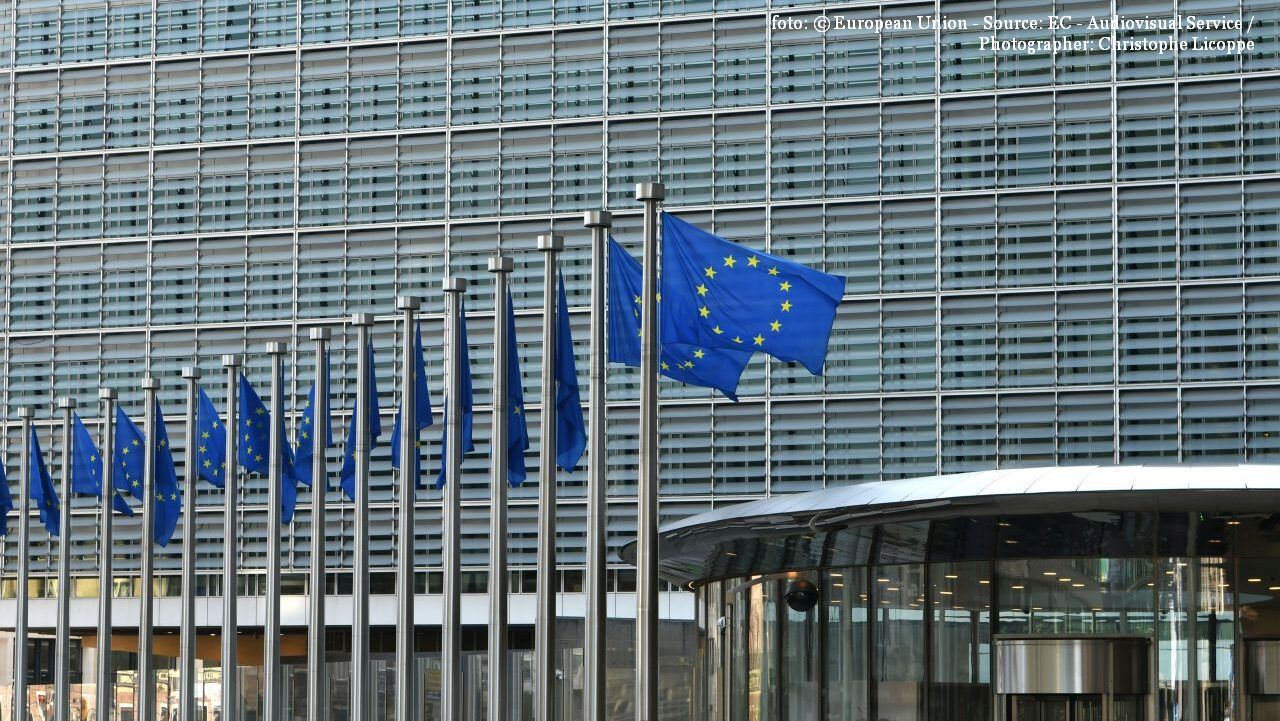Romania to reinforce its high-risk buildings
The government is holding talk on reinforcing high-risk buildings in Romania

Mihai Pelin, 13.02.2023, 14:00
The devastating earthquakes that last week hit Turkey and Syria have prompted the Romanian authorities to take measures for the reinforcement of the buildings, which could be affected by a strong earthquake. Several projects in this respect have been carried out in the past years but with little results and thousands of historical buildings in Romanias major cities could collapse in the event of a powerful earthquake.
A series of measures on carrying out research and restoration works to old vulnerable buildings, is high on the agenda of the government proceedings in Bucharest, upon request from the countrys Prime Minister Nicolae Ciuca. 27 hundred buildings in Romania, most of them in capital city Bucharest, are presently running the risk of being razed to the ground by an earthquake like those that rocked Turkey and Syria last week.
Two programmes aimed at consolidating these buildings are presently benefitting from funds: a first one that is run by the Ministry of Development and a second one, which has been included in the National Plan of Recovery and Resilience Romania has assumed with the EU.
Prime Minister Ciuca has called on those responsible to present the measures that are to be taken by the Ministry of Development to step up the programme it was entrusted after the severe situation in Turkey and Syria, where thousands of people have been killed by last weeks quakes.
The Prime Minister has drawn attention to the problems that reside in the delays of implementing programmes, which already exist.
Nicolae Ciucă: “These are the problems we are currently facing in Romania. We are doing talks and planning but when it comes to implementing these plans, we come with a series of arguments to justify the delays in implementing them. And this is what I believe has led to this situation we are seeing today, the lack of coherence in implementing the decisions made in this respect.”
In turn, state secretary with the Ministry of Development, Marin Țole, says that both residential and public buildings such as schools, kindergartens and hospitals are to be consolidated. The Romanian official has also mentioned a special mechanism to simplify the way of identifying the high-risk buildings.
Marin Țole: “Weve tried to conduct research on all high-risk buildings, of the first and second degree, so that the state may intervene through its Territorial-Administrative Units for their consolidation with funds from the national budget or from those made available by the European Commission”
The National Plan for the consolidation of buildings relies on a budget of 142. 8 million euros and the programme known as The Wave of Restoration part of the National Plan of Recovery and Resilience has a budget over 500 million euros. The latest big earthquake that hit Romania was on March 4th 1977 when 15 hundred people lost their lives. And according to statistics, Bucharest is the European capital that is most at risk from earthquakes.
(bill)






























